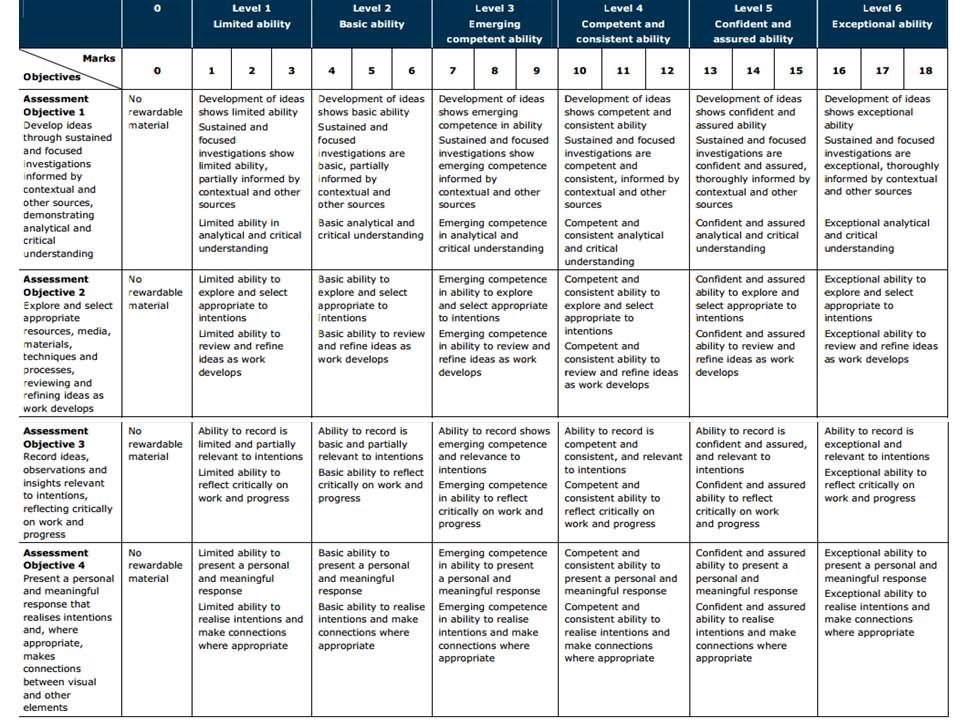EXTRA SUPPORT BEFORE EXAM IN CLASSROOM
Tue 17 April: 3:30-5:00pm – MR T
Wed 18 April: 3:30-5:00pm – MR T
Thurs 19 April: 3:30-5:00pm – MR C
Fri 20 April: 3:30-5:00pm – MR C
FINAL PRINTS DATES:
Select your final images for both EXAM and COURSEWORK (if you haven’t completed this already)
Wed 18 April 15:00
prints ready Tue 24 April
Tue 24 April 15:00
prints ready Mon 30 April
Wed 25 April 15:00
prints ready Wed 2 May
EXAMINATION DATES:
Groups 13A and Group 13E 24 April, 30 April & 1 May.
Group 13D 25 April , 2 mAY and 3 May
15 hrs controlled test over 3 days
CLASS LIST + EXTRA TIME
For those of you who have extra time – check when this has been allocated.
A2 Photography Exam 2018
MAKE SURE YOU HAVE COMPLETED THE FOLLOWING WORK BEFORE EXAM BEGINS
PLANNER for A2 EXAMINATIONS 2018
PHOTO-SHOOTS: Record and explore your final 3 planned photohoots.
It is essential that you complete your principal shooting over Easter and return on Tue 17 April with a few hundred images ready for further post-production and editing. Remember first final print run is Wed 18 April
EDITING: Make a rough edit of shoots (you can come into school and work on classroom computers or alternatively download a 30 day free trial of Lightroom/ Photoshop from Adobe. Click here for more details.
EVALUATE: What went well? how can you improve/ develop work from here? Describe visual/contextual links with research, artists references, exam theme. Analyse your best two images following method: FORM, MEANING, JUDGEMENT, THEORY/CONTEXT.
FINAL OUTCOMES: Consider what your final outcomes will be and how to present them ie. single images or a series of images, diptych, or triptychs, grids etc.
PHOTOBOOKS: For those who wants to make a photobook – begin to make a selection of images – think about narrative and sequencing (what is the story you want to communicate and how you are going to do it in a series of images).
RESEARCH: Support book design with research and analysis of at least one other photobook by other photographers. Follow these steps here in your understanding of design, concept and narrative.
BLOG POSTS: Go through all your blog posts and make sure that you have completed them all to your best ability, e.g. good use of images/ illustrations, annotation of processes/ techniques used, analysis/ evaluation of images and experimentation. Remember to MAKE YOUR BLOG POST VISUAL and include relevant, links, podcasts, videos where possible.
To achieve a top marks we need to see a coherent progression of quality work from start to finish following these steps:
RESEARCH > ANALYSIS > PLANNING > RECORDING > DEVELOPING > EXPERIMENTING > PRESENTING > EVALUATING


















































































